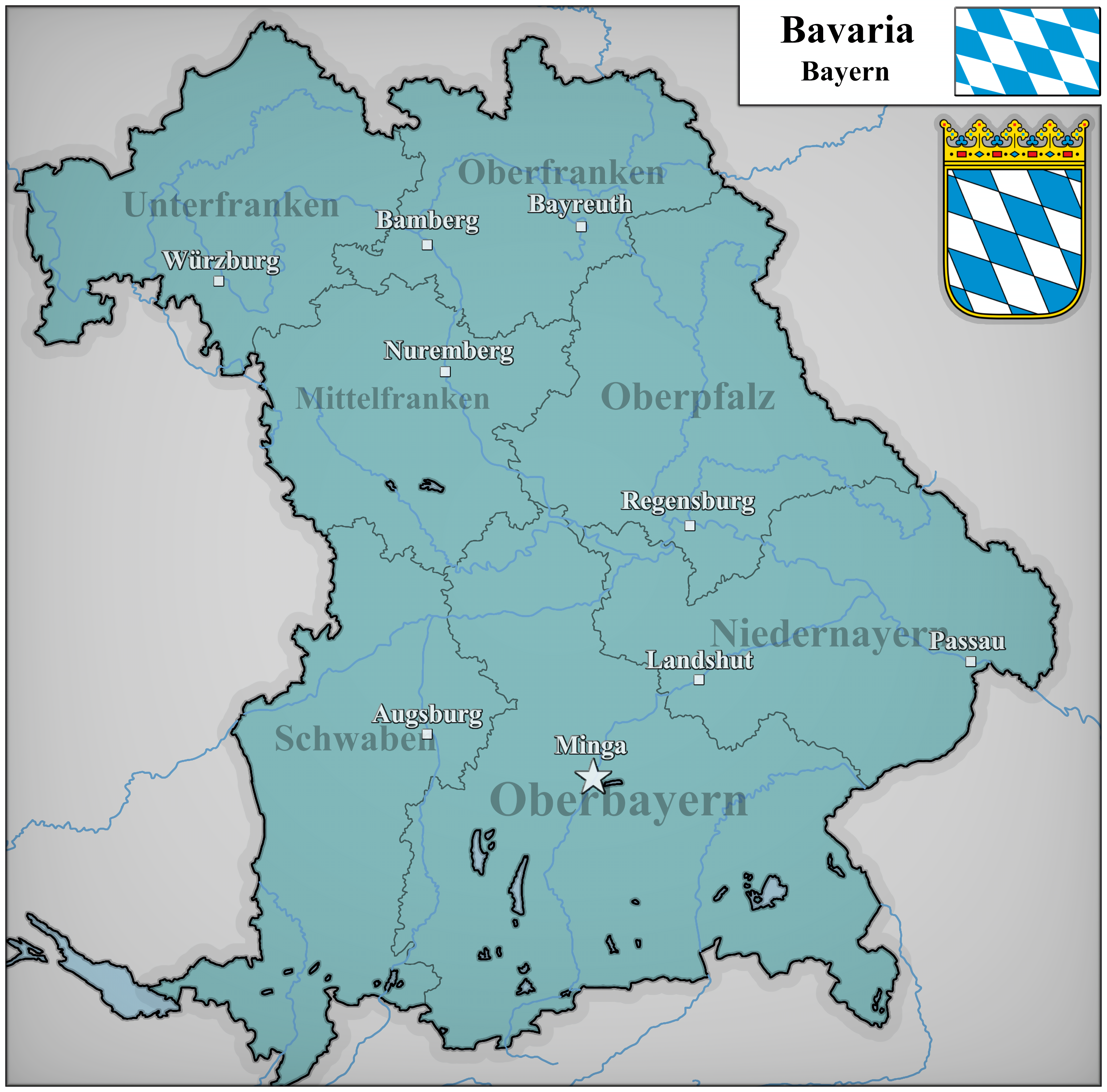Bavaria 2025 Population Density Map


Marcus Rodriguez
Historical Geography Expert
Marcus Rodriguez specializes in historical cartography and geographic data analysis. With a background in both history and geography, he brings unique...
Geographic Analysis
What This Map Shows
The "Bavaria 2025 Population Density Map" provides a detailed visualization of the population distribution across Bavaria, Germany, projected for the year 2025. This map highlights areas of high population concentration, as well as regions experiencing lower densities, allowing for a clear understanding of demographic shifts and urbanization trends in one of Germany’s most populous states.
Deep Dive into Population Density in Bavaria
Population density is a critical factor that influences various aspects of everyday life, from urban planning to resource allocation. Bavaria, known for its picturesque landscapes and rich cultural heritage, is also a significant economic powerhouse within Germany. As of the latest statistics, Bavaria houses approximately 13 million residents, making it the second-most populous state in the country, only behind North Rhine-Westphalia.
Interestingly, the population density in Bavaria is not evenly distributed. Major cities like Munich, Nuremberg, and Augsburg exhibit high density figures, whereas rural areas, particularly in the Bavarian Forest and other mountainous regions, show significantly lower population counts. For instance, while Munich boasts a staggering population density of over 4,700 individuals per square kilometer, some rural districts may only have around 50 inhabitants per square kilometer.
The factors driving these population trends are multifaceted. Urban migration continues to play a pivotal role, with individuals and families moving to urban centers in search of better job opportunities, education, and healthcare services. This trend is expected to persist into 2025, as more people gravitate towards cities for the amenities and lifestyle they offer.
However, it’s not just cities that are experiencing growth. Some suburban areas are seeing a surge in population due to their appeal for families seeking a balance between urban convenience and a quieter life. The map indicates growing suburban regions around Munich, where new housing developments are being constructed to accommodate this influx.
Regional Analysis
Breaking down the population density across Bavaria reveals significant regional variations. For example, in Upper Bavaria, which includes Munich, the population density is noticeably higher than in Lower Bavaria or the Franconian regions. Upper Bavaria is characterized by its robust economy, thriving technology sector, and cultural attractions that draw people in.
On the other hand, areas like Lower Bavaria, which encompasses smaller towns such as Passau and Landshut, experience slower population growth. Here, the charm of traditional Bavarian culture and landscapes appeals to those seeking a quieter lifestyle, but it also presents challenges in terms of economic development and access to services.
Interestingly, the Franconian region, particularly around cities like Nuremberg, shows a balanced mix of urban and rural characteristics. With a growing population density that supports both industrial growth and cultural heritage, it serves as an interesting case study of how urbanization can occur without completely overshadowing rural charm.
Significance and Impact
Understanding population density is vital, especially when considering the implications for infrastructure development, transportation, and public services. As Bavaria approaches 2025, the projected demographic shifts could lead to increased demand for housing, public transport, and social services, particularly in high-density urban areas. Additionally, regions with declining populations may face economic challenges, necessitating targeted policies to stimulate growth and attract residents.
Moreover, these population trends have broader implications for environmental sustainability. Urban areas will need to balance growth with sustainable practices to maintain their quality of life, while rural regions may need to innovate in attracting new residents and retaining their youth.
What's fascinating is that as we look toward 2025, policymakers and planners in Bavaria are already strategizing to address these challenges. The upcoming years will be crucial in shaping the demographic landscape, ensuring that both urban and rural areas can thrive in a rapidly changing world. Have you noticed how these trends are not just confined to Bavaria but reflect broader global patterns of urbanization? Understanding these dynamics can provide deeper insights into the future of our communities and the environments we inhabit.
Visualization Details
- Published
- August 14, 2025
- Views
- 208
Comments
Loading comments...